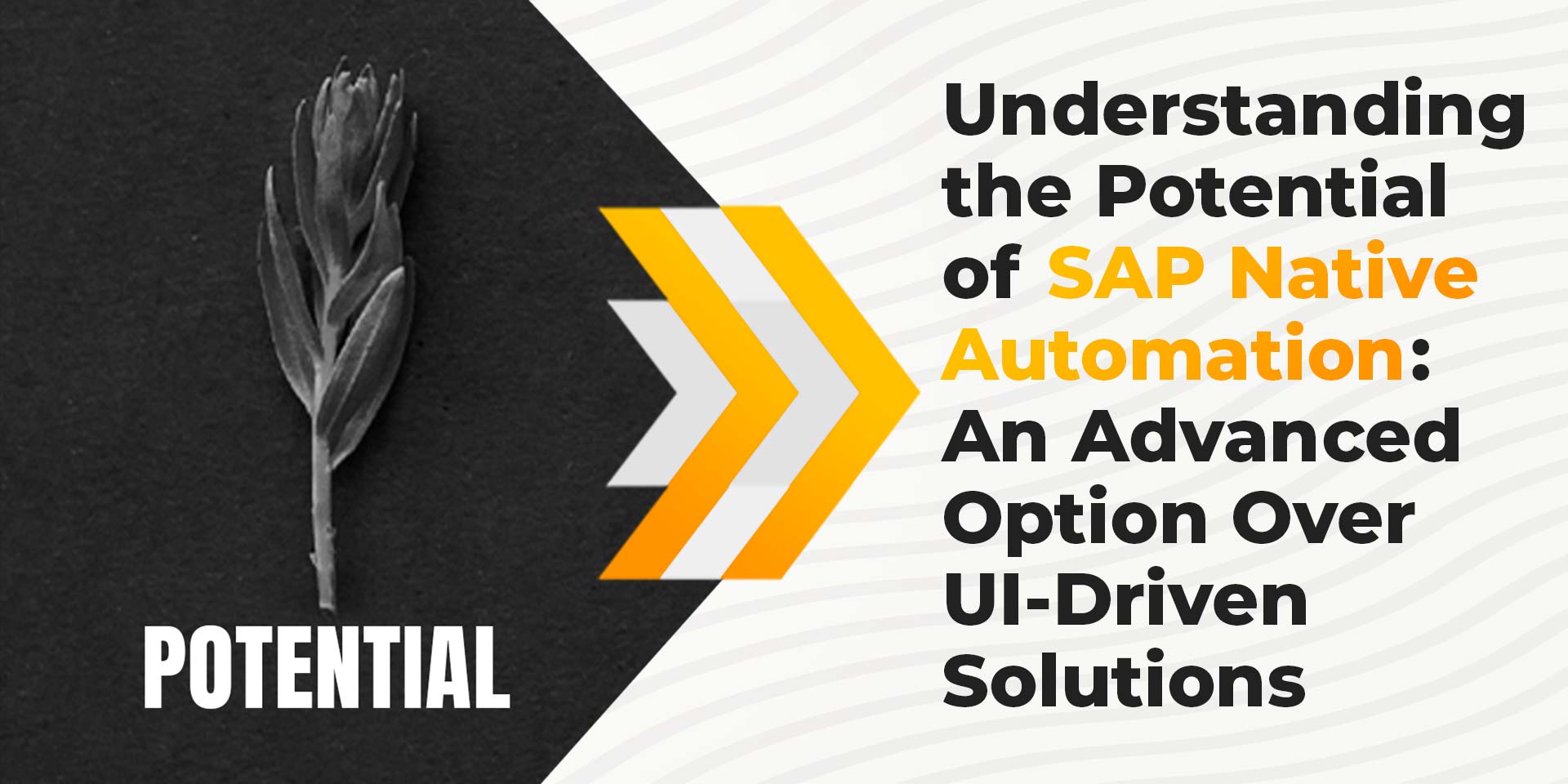Automation
Choosing the Right Business Processes for Automation


- Table of Contents
- Introduction
- Identifying Processes Ideal for Automation
- Conclusion
Introduction
The adoption of Business Process Automation (BPA) has become imperative for organizations aiming to stay competitive and efficient in the modern digital age. However, not all processes are equally suited for automation. Selecting the right processes to automate is crucial for maximizing the benefits of automation while minimizing risks and disruptions. In this guide, we'll explore how businesses can identify processes ideal for automation, the criteria for selecting them, and strategies for successful implementation.
Identifying Processes Ideal for Automation
Repetitive and Rule-Based Tasks
Business processes that involve repetitive and rule-based tasks are prime candidates for automation. These tasks often consume significant time and resources when performed manually. Examples include financial automation of data entry, invoice processing, and routine customer inquiries. By automating these tasks, businesses can free up valuable human resources for more strategic activities.
High-Volume Processes
Processes that involve high volumes of transactions or data are well-suited for automation. Manual handling of large volumes can lead to errors, delays, and inefficiencies. Business process automation can ensure consistency and efficiency while processing large volumes of data efficiently. For instance, order processing, inventory management, and payroll processing are processes that can benefit from automation in various industries.
Predictable Processes
Processes with predictable patterns and outcomes are ideal candidates for automation. These processes follow predefined workflows and criteria, making them suitable for automation using predefined rules and algorithms. For example, email marketing campaigns, where emails are sent based on predefined triggers and customer segments, can be automated to streamline marketing efforts, and improve campaign effectiveness. In case of pitfalls, businesses can overcome them by using a resilient automation frame work that employs intelligent prediction algorithms.
Criteria for Selecting Processes for Automation
Impact on Business Objectives
When selecting processes for automation, businesses should prioritize processes that align with their strategic objectives. Focus on processes that directly contribute to revenue generation, cost reduction, customer satisfaction, or regulatory compliance. Automating processes that have a significant impact on key performance indicators (KPIs) will yield the highest return on investment (ROI).
Complexity and Feasibility
Assess the complexity of each process and evaluate its feasibility for automation. Some processes may involve complex decision-making or require human judgment, making them challenging to automate fully. Start with processes that are relatively straightforward and have clear inputs, outputs, and decision criteria. As automation capabilities evolve, more complex processes can be considered for automation. Multi-tool strategies can also support automation of complex workflows that involve multiple systems and decision points.
Integration and Compatibility
Consider the compatibility of the process with existing systems and technologies within the organization. Choose processes that can be seamlessly integrated with existing software applications, databases, and infrastructure. Compatibility ensures smooth implementation and interoperability between automated processes and other business functions. Intelligent automation platforms can facilitate integration with legacy systems, reducing the need for costly system replacements.
TCO
Total cost of ownership (TCO) is an essential factor in the decision-making process for selecting processes for automation. TCO includes all costs associated with implementing, maintaining, and managing automated processes. Making wise decisions necessitates transparency in understanding the complete Total Cost of Ownership. By considering licensing, implementation, maintenance, training, infrastructure, and compliance costs, organizations can sidestep unforeseen pitfalls.
Guiding The Business Process After Choosing to Automate
Implementing a universal orchestrator allows businesses to integrate multiple automation tools and technologies into a unified platform. This centralized approach streamlines the management and execution of automated processes across the organization. A universal orchestrator facilitates interoperability, scalability, and visibility into automation initiatives.
Establishing a Center of Excellence dedicated to automation fosters collaboration, knowledge sharing, and best practices across the organization. A CoE serves as a hub for automation expertise, training, and governance, ensuring consistency and alignment with business objectives. By centralizing automation efforts within a CoE, businesses can accelerate adoption, mitigate risks, and drive continuous improvement.
Promoting Crucial Processes with Automation
Upscaling Human Resources
Automation should complement human capabilities rather than replace them entirely. Identify processes where automation can augment human expertise, productivity, and decision-making. By offloading repetitive and mundane tasks to automation, employees can focus on higher-value activities that require creativity, critical thinking, and emotional intelligence. Upskilling employees in areas such as data analysis, problem-solving, and innovation will be essential for maximizing the benefits of automation. As mentioned earlier, having a CoE can facilitate this upskilling process by providing training and resources to employees.
Enhancing Customer Interaction
While automation can streamline internal processes, human interaction remains indispensable, especially in customer-facing roles. Prioritize processes that involve direct customer interaction, such as customer support, sales consultations, and relationship management, for personalized and empathetic engagement. Automation can support these processes by providing employees with timely insights, recommendations, and relevant data to deliver exceptional customer experiences.
Conclusion
Choosing the right business processes for automation requires a strategic approach that considers the unique needs, objectives, and capabilities of the organization. By identifying processes that are repetitive, high-volume, and predictable, and evaluating them based on criteria such as impact, complexity, and compatibility, businesses can prioritize automation initiatives for maximum efficiency and effectiveness.
Implementing the right automation tool and promoting crucial processes with automation will enable organizations to unlock the full potential of automation while empowering employees to focus on value-added tasks and innovation. With careful planning and execution, automation can drive significant improvements in productivity, quality, and customer satisfaction, positioning businesses for success in the digital age.







































